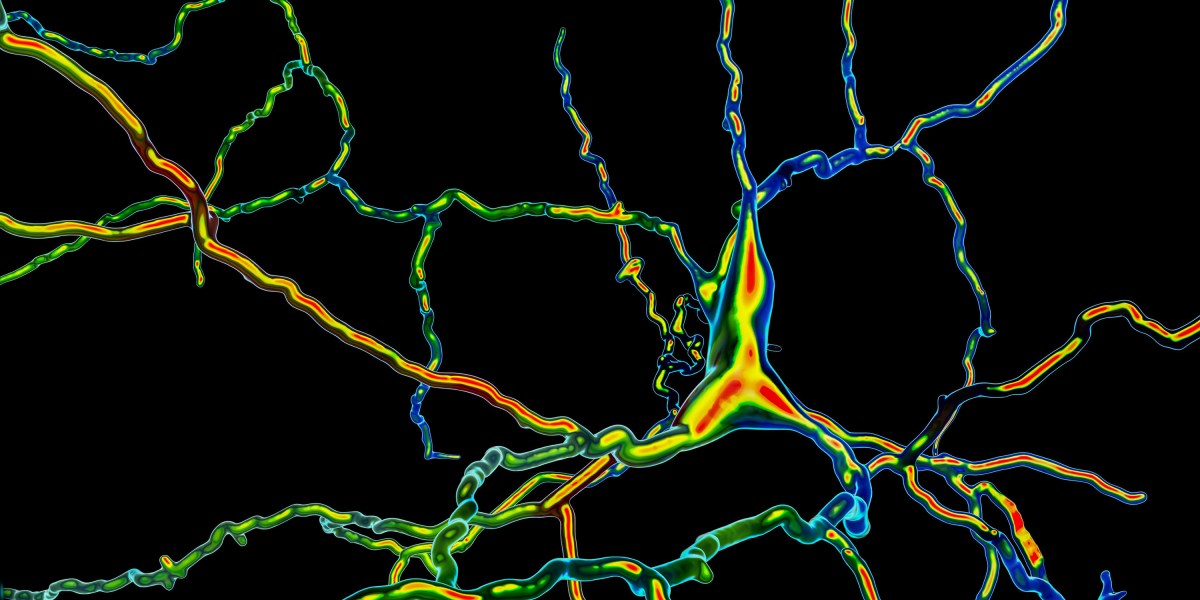A biotech company says it put dopamine-making cells into people’s brains::The experiment to treat Parkinson’s is a critical early test of stem cells’ potential to tackle serious disease.
If we can get to a point where I am retired and can get a Joywire like in Rimworld, I am definitely doing it.
Removed by mod
Oh okay! That’s weird! I am a little hesitant of having any cells injected into my brain tbh
Right? Let’s see this pass rigorous muster first.
A) We already don’t know how neurons interconnect (eg why infants loose ~ 70% of their neuron connections between 1 and 3 years). B) That’s not how dopanime works C) That’s not how Parkinson works either
For the uninitiated, can you elaborate?
Why is this not how it works?
Sure.
The problem is that the brain is not a squishy uniform cell mess that just reacts to some chemicals (dopamine/serotonine/…). All of those are neurotransmitters to specific classes of neurons that have a very specific topological position to perform their function.
So if you just throwing in random neurons here and there, they won’t do anything. They are not contributing to any pathways.
Serotonin re-uptake inhibitors and dopamine generator drugs (aka opioids) make the signal send by the “correct” neurons that are there stronger, contributing to the desired effect.
The problem with Alzheimers is the death of “correct” neurons, that occurs before Alzheimer is manifested. So just injecting new ones is unlikely to do anything.
Moreover, the neurons don’t just live outside brain. They need to be immortalized to live in a Petri dish. And to acheive it, the only way we can go now is to add factors that in the context of human organism are considered as cancerous.
So it’s a combo of “unlikely to be efficient” and “potentially likely to lead to cancer”. With Parkinson the tradeoff might be acceptable, but this kind of projects is definitely that raises some red flags for me.
Oh no, that’s terrible, where? Where exactly?
If it works, it would be interesting to see if it could also work for people with other forms of brain injury/damage.
Could you use it to help restore function to someone who had a stroke?
Please , pump me brain full of tiny dopamine generators, baby! Wait ! What do you mean it’s dangerous and experimental? No, No, No, you don’t understand ! I fucking beg you ! Please, for the love of God ! “Sobbing”
Read it as if it was like a 50s era movie and a woman is begging for the main character attention. With all the overreactions and gesticulations. (that’s what my brain imagined )
…What?
Your brain is already full of those things. Them not working properly is partly how things like Parkinson’s and ADHD come about. Going by the article, while there was noticeable improvement in Parkinson’s symptoms, it also wasn’t a complete cure, and the patient didn’t have a massive seizure, so it’s not as though they’re flooding their brains with grams upon grams of the stuff.
I meant more like nanobots. Why are people taking the dumb dialogue bit my half awake brain thought too seriously . Isn’t “read it as if it was a drama show from the fifties” enough to understand it as over exaggeration.




